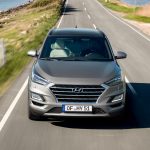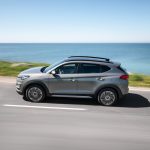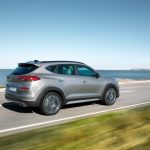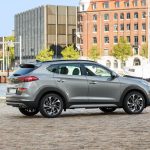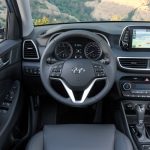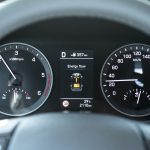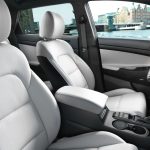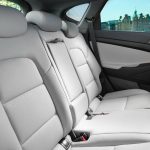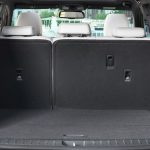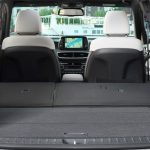Hyundai's SUV portfolio isn't overly large, not when you count other manufacturers. However, it has a model in each market segment. The Hyundai Kona such as the access model, the Hyundai Tucson in the middle zone and Hyundai Santa Fe as the flagship, although its sales are the lowest of all for the segment in which it is located.
We have tested this car:
Test Hyundai Tucson 2019 2.0 CRDi 48v 186 CV 4 × 4 AT StyleThe Tucson is one of those SUVs that arrived at the right time in the early 2000s. The first generation dates back to 2004, although also received the name of ix35 by the old way of naming Hyundai to their models. Although its sales were not the best, little by little it has been gaining followers. It came to have a variant powered by hydrogen.
It has done so thanks to a considerable improvement in each of its generations. The current one, the third, was presented in 2015 with important changes at all levels. In 2019 it receives a small update with which to continue gaining qualities and followers. It has become one of the best-selling SUVs on the market on its own merits, unseating models as important as the Nissan Qashqai.
Technical characteristics of the Hyundai Tucson

The Hyundai Group is one of the largest internationally. It integrates the brands of Hyundai and KIA. That means that many components and developments are shared by both brands. In this case the Tucson uses the same platform as the KIA Sportage, which in turn uses a modified version of the one used by the compact range, that is, the Hyundai i30 y Kia ceed.
The Hyundai Tucson fits neatly into the C-SUV segment, as its measurements show: 4,48 meters long, 1,85 meters wide and 1,64 meters high. To these levels we must add a distance between eles of 2,67 meters. A wheelbase big enough for up to five passengers to fit inside, three of them in a generously proportioned rear row.
One of the novelties introduced in 2019 are the MHEV mechanics. These partially electrified solutions entail the alteration of the cargo space. The trunk of the Hyundai Tucson has a minimum capacity of 488 liters, expandable to 1.478 liters if we lower the second row of seats. The volume of the MHEV versions is somewhat smaller, with a minimum capacity of 459 litres.
Mechanical range and gearboxes of the Hyundai Tucson
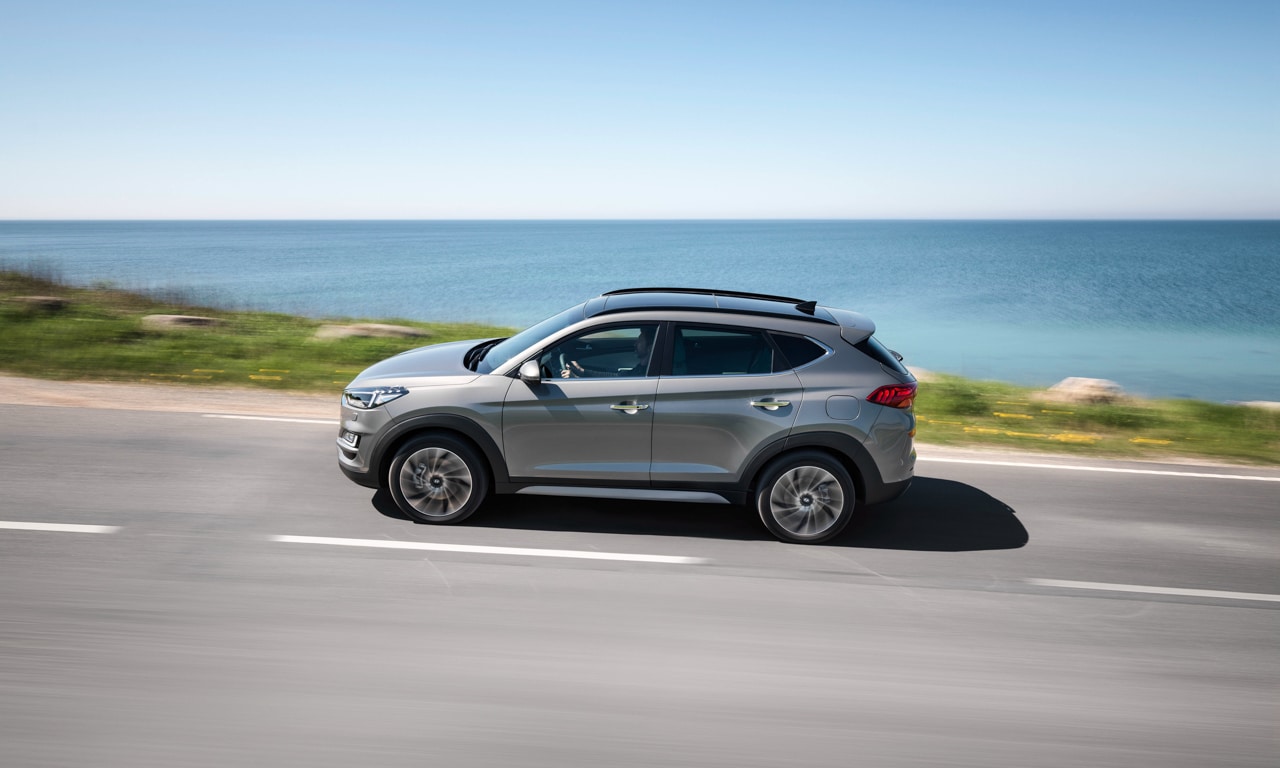
When it comes to powering the Tucson, the Korean brand employs a range of different options. Currently the offer is made up of two gasoline and two diesel variants.. Thanks to the 2019 update, the diesels began to have Mild-Hybrid technology with which to certify the DGT ECO label. Transmissions can be manual or dual-clutch automatic with all-wheel drive or front-wheel drive systems.
The gasoline branch is presented with two engines. A block 1.6 gDI of 131 horses and a 1.6 t-GDI of 177 horses. Both have a four-cylinder configuration, with a direct injection system for the first and a turbocharger for the second. Officialize a combined consumption of 7,9 and 8,1 liters per 100 kilometers. Both units certify the C label of the DGT.
The diesel variants are the most optimized in terms of consumption, presenting a minimum average cost of 5,5 liters per 100 kilometres. They are two blocks. The least powerful is 1.6 CRDi with 116 hp (the access variant). The most performant of the family is the 2.0 CRDi that raises the levels to 185 horsepower. As we have already mentioned, both units are equipped with 48-volt MHEV technology except for the access version.
Equipment of the Hyundai Tucson
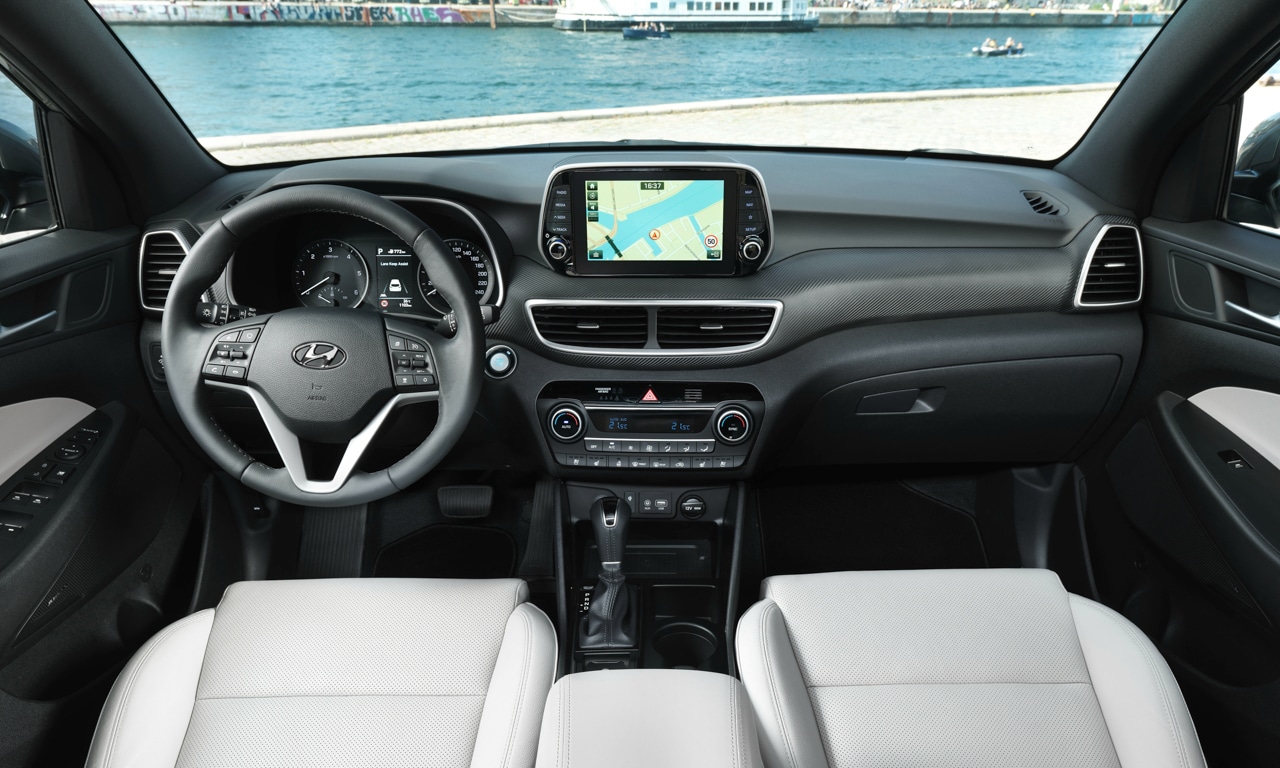
Without a doubt Hyundai is no longer what it was. In recent years, the Korean manufacturer has improved exponentially as far as interiors are concerned. The interior of the Hyundai Tucson changes significantly after the restyling of 2019. The quality of materials is increased, filing certain adjustments and gaps. Thanks to this, the feeling of quality received is high.
The range of equipment remains similar to that already known, with 7 equipment lines: Essence, Tecno, Style, N Line Lite, Klass and N Line. The distribution also undergoes an important change. The greatest increase in technology implies new ways of presenting it. The most striking thing is the multimedia system screen, which goes from being embedded in the center console to conquering the highest part of the dashboard thanks to its anchorage at the base.
That simple change has meant a complete redesign of the interior, more typical of a new generation than a restyling. In 2019, more equipment is also added, where it is worth highlighting: keyless entry and start, sunroof, connectivity for mobile devices, 360º camera, browser and outstanding safety equipment and driving assistants that make it a self-driving level 2 car.
The Hyundai Tucson on video
https://youtu.be/xJekk2Q0bd0
The Hyundai Tucson according to Euro NCAP
The third generation of Hyundai Tucson passed the demanding crash tests of EuroNCAP in 2015. The grade obtained was the maximum, 5 stars, being distributed as follows. in protection to adult and child occupants got a 86% and 85% respectively. The percentage of protection in case of collision with pedestrians and cyclists was 71%. Lastly, in driving aids, it obtained 71%.
The Hyundai Tucson of Km 0 and second hand
The Hyundai Tucson has reached its commercial maturity in the third generation. The first two did not have the success that the latter has achieved. This causes a difference in the percentage of depreciation of the model. The first two generations suffer an average depreciation of 41%, higher than that of its rivals. On the contrary, for models from 2015 onwards the value drops considerably to 32%, somewhat less than its most immediate rivals.
Prices in the second-hand channel start at values close to 2.000 euros for first generation models. The second generation, the ix35, is announced from approximately 7.000 euros. The third generation are the most expensive, from 13.000 euros. Obviously, in the Km 0 channel we only find models after the 2019 restyling, with interesting discounts compared to factory prices.
Rivals of the Hyundai Tucson
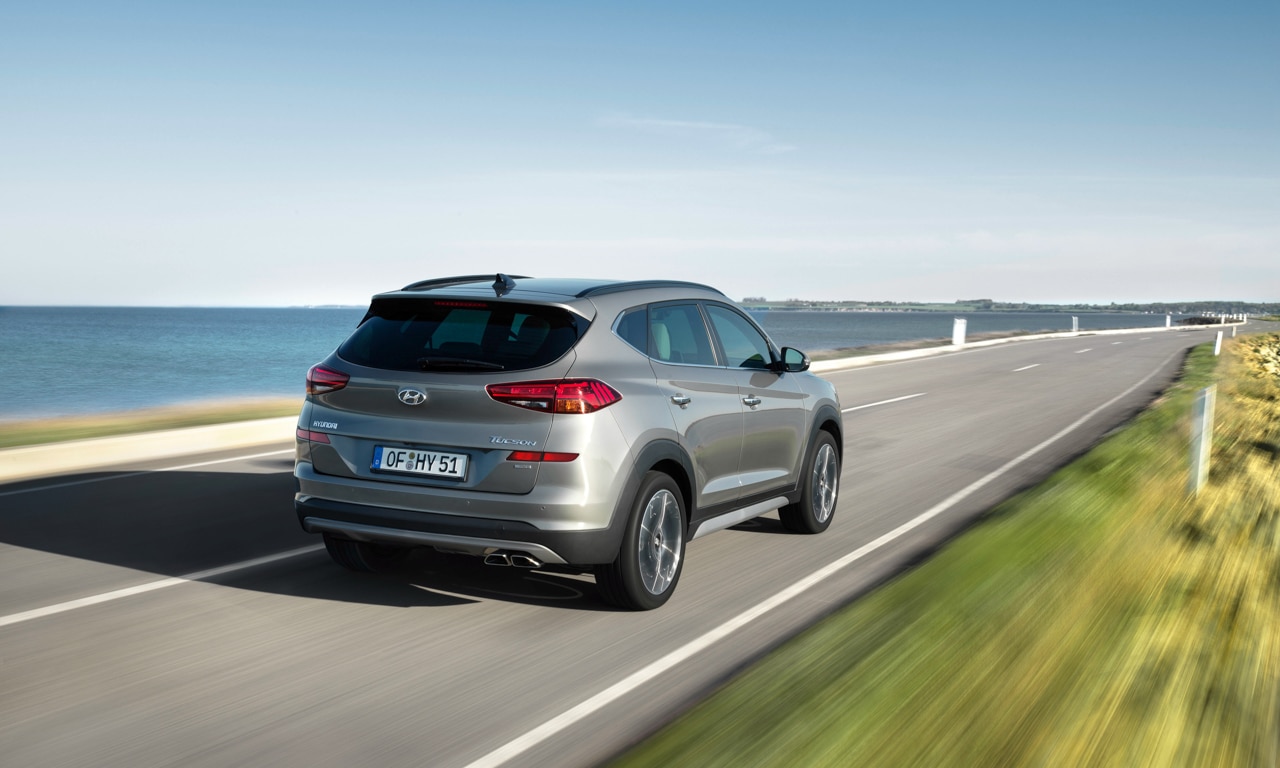
The Hyundai Tucson fits within the market segment that is experiencing the highest sales growth, that of compact SUVs. In it, it has a large number of rivals, each one better. Among the most significant we can name the Toyota Rav4, Renault Kadjar, ford kuga, Skoda Karoq, Volkswagen Tiguan, SEAT Ateca, Peugeot 3008 and many more. In front of them, the Tucson offers a more careful design, excellent equipment possibilities and an unbeatable guarantee.
Highlight
- Price/product ratio
- Interior space
- Equipment
To improve
- Mechanical gasoline consumption
- trunk capacity
- No versions with reducer
Hyundai Tucson Prices
The Tucson stands out above its rivals for an excellent price / product ratio. This has earned it to conquer a large market share and rise, at times, as the best-selling C-SUV in our country. The commercial offer of the Hyundai Tucson starts at 24.950 euros, without offers or promotions. This price corresponds to a unit with Essence finish and 1.6-horsepower 131 GDI mechanics with manual transmission. On the other side of the scale is the 2.0 CRDi with 185 horses Mild-Hybrid and automatic transmission, whose minimum value is 39.315 euros.
Hyundai Tucson Photo Gallery
The content of the article adheres to our principles of editorial ethics. To report an error click here.



